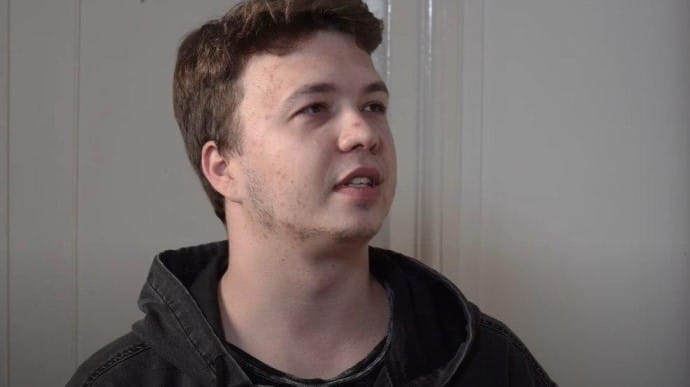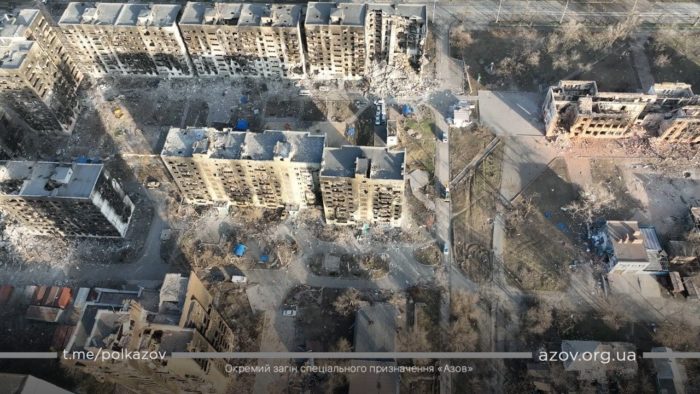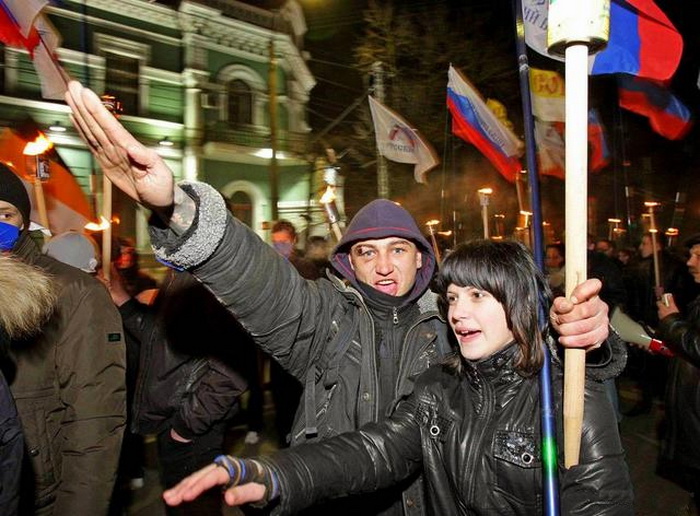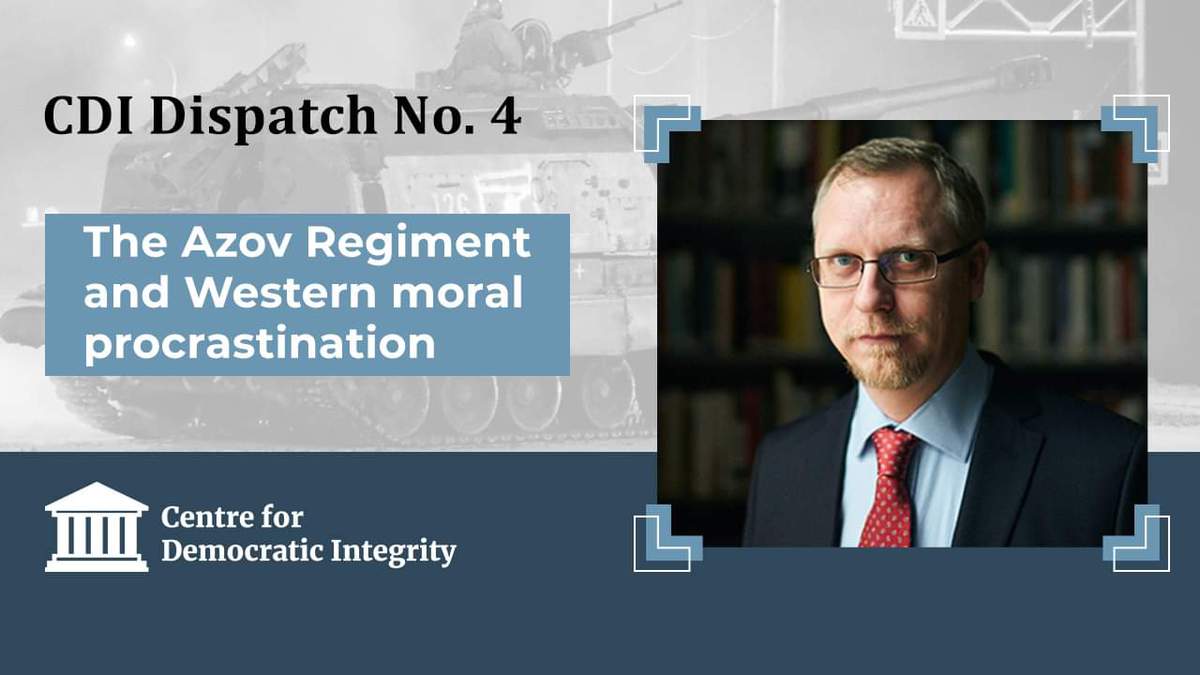On May 23, Belarusian journalist and senior advisor to Sviatlana Tsikhanouskaya Franak Viačorka reported that the Lukashenka regime forcefully landed a Ryanair plane in order to arrest Roman Protasevich, a crucial opposition figure and civic journalist.Together with his girlfriend Sofia Sapega, who is also engaged with the Belarusian democratic opposition, Protasevich was arrested, and, according to videos published afterward, visibly tortured.
When, ten minutes before landing in Vilnius, the flight from Athens turned back towards Minsk, Protasevich started panicking and told passengers and flight attendants that he is an opposition activist and faces the death penalty in Belarus. It is not surprising that he is such a prized prey for the Lukashenka regime: after all, Protsevich founded the NEXTA Telegram channel, which was one of the leading coordinators of the protests termed “the world’s first Telegram revolution.”
This kidnapping, condemned as “an act of state terror” by western countries has resulted in the agreement of a new package of EU sanctions against Belarus, and at least 16 airlines/countries avoiding Belarusian airspace.
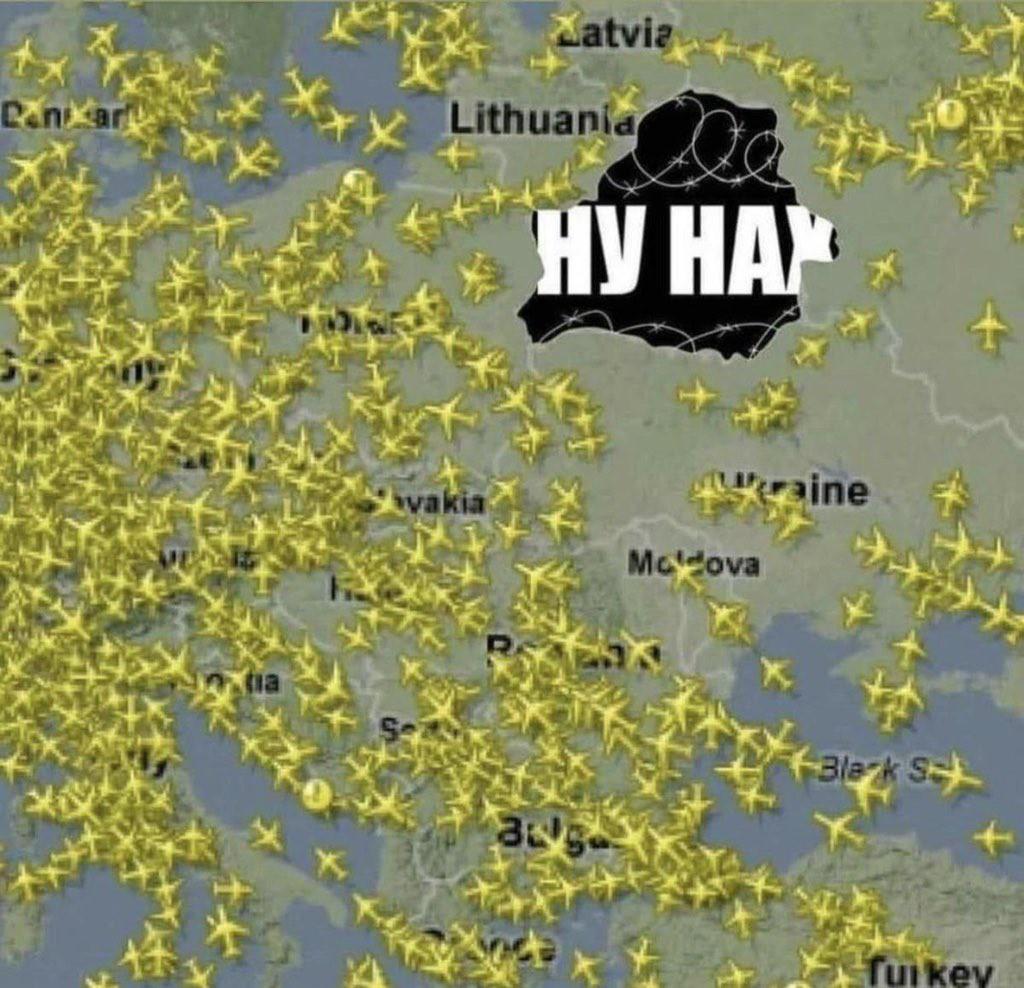
However, as researcher of Russian malign influence Anton Shekhovtsov reports, while it is unclear so far whether Russian secret services participated in this kidnapping or not, it is revealing that it is Kremlin agents who are activated to either justify or normalize this operation.
The examples of the latter can be seen done by a notorious cluster of people:
- Infamous pseudo-journalist Ben Norton;
- Conspiracy theorist Ivan Katchanovski, known in Ukraine for online ballistic “expertise” of trees on Instytutska square to “prove” Maidan protesters shot each other, and for a peculiar style of addressing his critics, which is more or less limited to “I am an academic, I do science, my pinned tweet states that my findings are scientific”; by the way, Katchanowski is number 1 in the lists of accounts retweeted by Russian intelligence officer Konstantin Kilimnik aka Petro Baranenko;
- Problematic left-wing sociologist Volodymyr Ishchenko.
Meduza journalist Alexey Kovalyov managed to find the primary source of the fake claim: a post from September 2020 in a pro-Lukashenka anonymous Telegram channel. Other users attributed it to pro-Kremlin pundit Sergey Markov or to Russian propagandist media News Front. The problem seemed to be solved, the sources of fake information seemed to be found.
Twitter account Anti-Fascism & Far Right @FFRAFAction asked his followers whether anything is known about Protasevich in this regard. Christopher Miller first replied that he knows nothing so far, but then added that Protasevich definitely could be far-right just because why not! What better illustration of Russel’s Teapot logical fallacy do you need?
Twitter user Пан Скоцький @skotzkyi politely objected that such serious claims should not be put forward without strong actual evidence and that in the current context this could be the matter of life or death. Miller banned him without discussion, however, deleting his tweet afterward (see screenshot saved here).
Recently, Christopher Miller mistook the Ukrainian coat of arms for a far-right symbol, despite living previously in Ukraine for 11 years and claiming extensive expertise on the matter. That day he banned a lot of Ukrainian Twitter users pointing at the mistake and deleted the tweet only when 12 hours after that he was still being called out on Facebook.
Then, Bellingcat researcher Oleksiy Kuzmenko found
somewhere in Telegram a cover for Azov Black Sun magazine which shows a young man in a uniform with a combat weapon with suggestions that it is Protasevich.
Thread. Re Protasevich and Azov. Here's what's out there to be analyzed against other evidence, commentary: 1st photo is Protasevich, 2nd photo is the cover of Azov's "Black Sun" publication July 2015 issue #15. 3rd photo is what @azure says: "0.70 confidence" (that's high-ish). pic.twitter.com/ucrjma8GEd
— Oleksiy Kuzmenko (@kooleksiy) May 25, 2021
To be fair, the author of this text has seen this information nearly six hours before Kuzmenko. It was posted on a small Telegram channel whose administrator is allegedly a former anarchist and a dishonest drug dealer from Azov circles who moved out of Ukraine, fearing consequences for his frauds. Also, he allegedly spreads rumors that Azov leaders attend a synagogue. Not the most reliable source in the world, I guess. A good example of why local expertise from the ground matters for correctly interpreting materials found in open sources!
A necessary side remark: even proving that one has fought in Azov is not an accusation. Azov is not an Einsatzgruppe, but an official military unit of the National Guard of Ukraine. The Azov unit (first a battalion, then since autumn 2014 a regiment) is an official, well-trained, and well-funded part of Ukraine’s Armed Forces, with high-quality PR. Messages that the Azov unit sends to broad audiences stress they are sincere patriots and defenders of Ukraine. And since they liberated Mariupol from Russian aggression, the latter is ultimately true.
Though it is true that its leaders are known for far-right beliefs and the broader Azov movement is in touch with the foreign far-right, there is no evidence that every single person randomly picked from the unit (not even from the broader movement) shares neo-Nazi beliefs. As it is a strong accusation, in each case it should be proven separately. Defending Ukraine from Russian aggression in itself is a person’s merit, not a fault.
A second necessary side remark, is that far-right fighters can be found on both sides of the Russian-Ukrainian war. Choosing to criticize only one side for this, as has frequently happened in investigations of the far-right in Ukraine, is not a sign of great virtue.
Kuzmenko neither provides this context for his readers, nor addresses any of the questions I mentioned above, but just singles out a photo from a magazine cover.
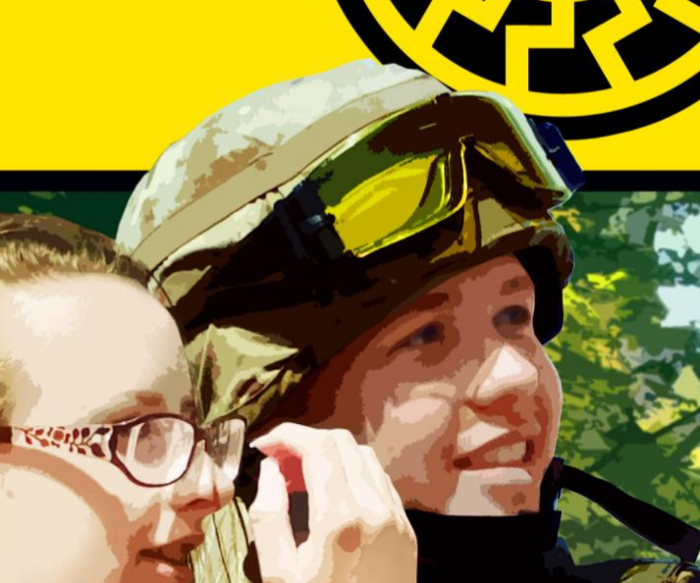
Then, he uses some neural network demo software to compare this picture with the portrait of Protasevich, and it shows they are similar. Both the person on the cover and Protasevich, indeed, share a rather common Slavic anthropologic type, and I do not want to sound ad hominem here, but cannot help mentioning that Kuzmenko himself belongs to this type as well.
The cover and the screenshot of the comparison are shared together, and, while somewhere at the end of the thread Kuzmenko admits it is not the strong proof in itself, the damage is already done: the magazine cover starts circulating widely, for sure, mostly by anonymous accounts.
The comparison is also shared by Kuzmenko’s colleague by Bellingcat Michael Colborne and by official Bellingcat pages.

This version was directly confirmed by Azov unit veteran and former National Corps politician Serhiy Filimonov. Another confirmation, though an indirect one, is that the magazine cover (can be accessed here) contains a verse about a tragic battle among sunflowers, an image well-known to be associated with Ilovaisk.
Another thing why context knowledge matters — the cover from 2015 does not look like a memorial one without understanding the verse, but can be understood as such with it. At the same time, Mikael Skillt, a Swedish citizen who used to fight with Azov in 2014, is asked whether he knows Protasevich and he denies he ever met him on a battlefield.
Ukrainian users reply to Bellingcat with links to Snitko, then this dialogue follows:
Ukrainian user 1: this group of people is searching for the info and bio of the deceased Ukrainian defenders to make a database and conserve the memory of all of them. they mostly contact relatives and people who served with these defenders to write a unique true bio.
Eliot Higgins: Is there anything more than the visual similarity?
Ukrainian user 2: Wait, that whole thread above was literally just about visual similarity

Higgins blocks Ukrainian users, Ukrainian users get angry on their pages and complain that they used to spend vacations on Azov sea resorts, and maybe this qualifies as neo-Nazism now as well. Some users in the thread suggested not to use neural network software for identifying people, as it is not good enough for this (for instance, a black image can be taken for a paper towel, and a panda for a vulture), this was ignored as well.
So, how do I see the situation in its entireness:
- Knowing for sure that accusations of neo-Nazism are quite serious, the Bellingcat team engages in spreading them.
- And does so without having strong evidence. Their above-quoted research was based on “we just loaded some random data into some randomly working machine and it did bzzzzz,” without bothering to ask for any confirmation from anybody who could know for sure.
- Further, they apply double standards, all in order to ignore contradicting evidence.
- This all happens in a larger context where it could be literally a matter of life or death. Was the decision to spot if there is one more Nazi somewhere far-far away the most ethical and reasonable behavior in the context of a terrorist state torturing a hostage?
- This also happens in a situation where Protasevich literally has no possibility to confirm, deny or explain anything.
- Notably, investigating obscure accusations of Protasevich’s alleged neo-Nazism had a bigger priority for Bellingcat than investigating details of plane hijacking and state terrorism.
Do you see any signs of journalist solidarity here? I don’t.
All this situation exists not in a vacuum, but in a context where the very same accusations are already spread by pro-Kremlin propagandists.
This all amounts to trading a hostage’s life for five minutes of attention, and it is utterly disgusting.
P.S. Finally, Azov commander Andriy Biletsky has made a statement. He confirms that he is aware of Protasevich, but insists that he only worked as a journalist covering the Shyrokyne operation, where Azov and other military units (a dozen of military units in general) took part. While bringing that into the discussion, Michael Colborne made a mistake and translated “боровся” [проти окупації України] (“struggled” [against the occupation of Ukraine]) as “fought” (“бився”), which slightly changes the style and the message of Biletsky’s statement.
P.P.S. While Michael Colborne is not a native Ukrainian speaker and can surely be given the benefit of doubt here, Volodymyr Ischenko, whom I have mentioned above, indeed is and so can not. Citing Colborne’s translation and screenshot provided, he comments it not as “Biletsky confirmed that he did not fight,” and not as “Biletsky confirmed that he did not fight, but I don’t believe him,” but as “Biletsky confirmed that he could fight.” This is direct gaslighting.
P.P.P.S. I omitted vague claims like the one from Mirror Weekly op-ed that Protasevich “worked in a press service” (without any evidence, and the author is in no way expert on Ukrainian far-right), and the one from some Twitter user outside Ukraine stating basically “I knew a guy who knew a guy who knew a guy etc, I’ve got no footage though.” They could also be based on said pro-Lukashenka fake report.
P.P.P.P.S. I did not even start to speak of this story in terms of global inequality, where first world men with blue checkmarks put on their pith helmets and use Eastern European countries with their contexts, people, difficulties, and personal and political choices as if it were a safari and they hunted for wild animals. This story is yet to be told.

Read also:
- Westsplaining Ukraine
- “Azov” – What’s the problem?
- Is the Azov Battalion a terrorist organization as 40 US House Democrats claim?
- “We took the enemy by surprise:” Battalion Azov advances and liberates four settlements near Mariupol
- Shyrokyne: Ruined front-line village and people who still hope to return home
- Fake Azov video tries to frame Ukraine prior to Dutch referendum
- ‘Cleaner’: 18-year-old sniper in Azov battalion
- At the front in Shyrokyne with the Azov regiment – photo report

